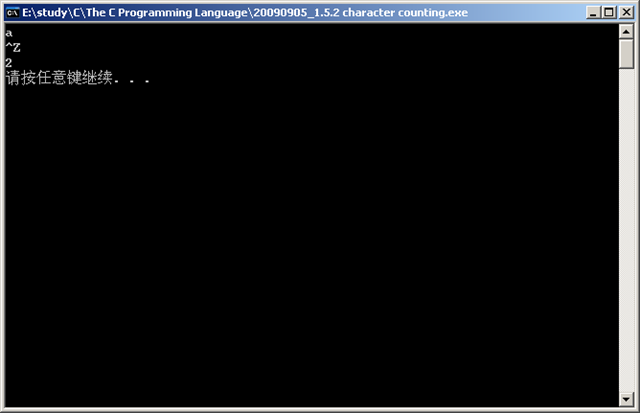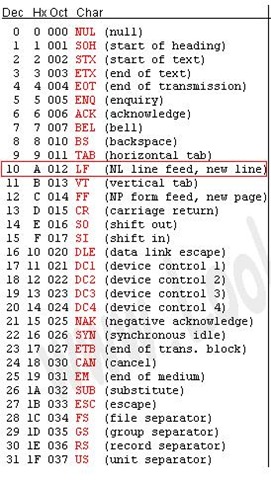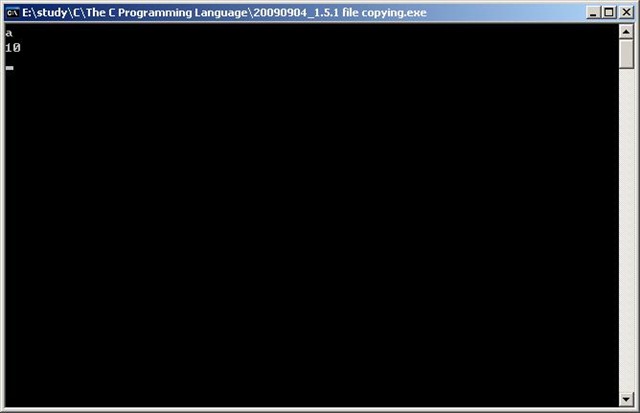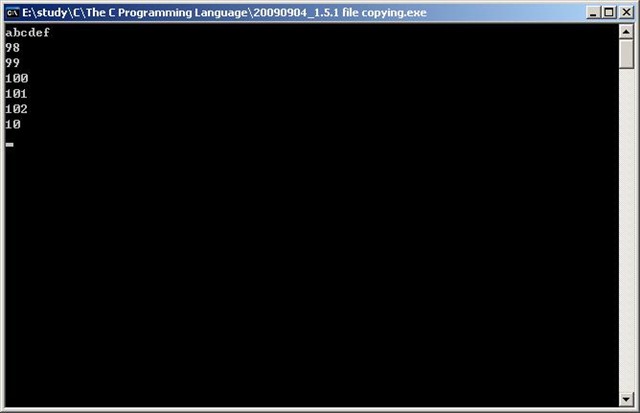The C Programming Language 1-9 — Windows Live
我用了位置标识的方法,虽然有点臃肿,不过道理还是很明显的
#include <stdio.h>
#define WAIT 0 //an initial place
#define FIRST 1 //a place in the first blank
#define OTHER 2 //a place in the balnk that follows
#define WORD 3 //a place in a word
#define FIRST_OVER 4
main()
{
long state,c;
state = WAIT;
c = getchar();
while (c != EOF)
{
//make state into different value
if ((state == WAIT) && (c == ‘ ‘)){
state = FIRST;
}
if ((state == FIRST_OVER) && (c == ‘ ‘)){
state = OTHER;
}
if ((state == OTHER) && (c != ‘ ‘)){
state = WORD;
}
if ((state == WAIT) && (c != ‘ ‘)){
state = WORD;
}
//process the character string by different value of state
if (state == FIRST){
putchar(c);
state = FIRST_OVER;
}
if (state == WORD){
putchar(c);
state = WAIT;
}
c = getchar();
}
system("pause");
}



